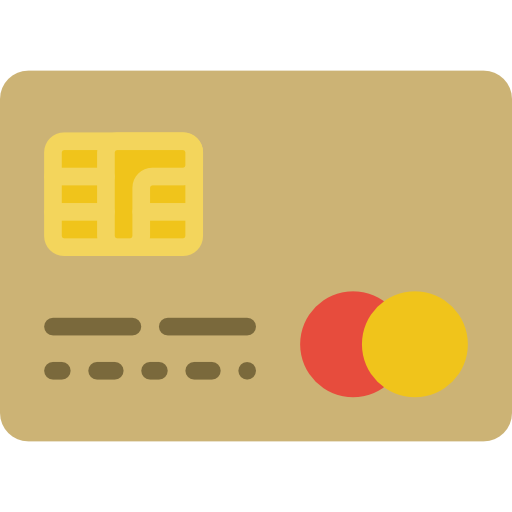Secured credit cards are one of the best options for those who are new to credit cards or people with less than stellar credit score.
Here’s how these secured cards function, the credit requirements to get one,and how you can transition to an unsecured card…
How do secured cards work?
A secured card is nearly identical to an unsecured card in the fact that you receive a credit limit, can incur interest charges and you may even earn rewards. The main difference is you are required to make a deposit (known as a security deposit) in order to receive a line of credit. The amount that you deposit usually becomes your credit limit. Deposits typically start at $200 and can range to more than $2,500. If you make a $200 security deposit, you will receive a $200 credit limit. If you want a bigger credit limit, you will need to deposit more money. The amount you deposit acts as collateral if you default on payments, but it is completely refundable in one of two ways. You can pay off your balance in full and close your account, or upgrade to an unsecured card.
Secured cards offer many of the same benefits that traditional credit cards do, but they are typically easier to qualify for if your credit history is poor or non-existent.
The one big difference, apart from the required security deposit, is the interest rate. Secured cards usually offer all users a variable interest rate, say 24.99%, for example. Meanwhile, an unsecured card often features a range, such as 13.99% to 24.99%. In most cases, the better your credit score the lower APR you will receive. Since secured cards often only have one, relatively high APR, it is extremely important you always pay on time and in full to avoid interest charges.
How can secured cards improve your credit score?
When you responsibly use a secured card and make payments on time and in full, this information will be sent to the credit bureaus,. This will help boost your credit score and put you on the path to qualifying for an unsecured card. Payment history is the most important factor in your credit score, making it key to always pay on time. If you make on-time payments consistently with your secured card, positive information will be sent to the credit bureaus, which helps you build credit.
Which secured card is right for you?
There are a few things to consider when choosing a secured credit card: how much is the required deposit, how do you transition to an unsecured card and can you earn rewards?
One strong secured card option is the Discover it Secured, which requires a $200 deposit but, at the same time, comes with some good perks. You can earn rewards (2% cashback at gas stations and restaurants, on up to $1,000 in combined purchases each quarter, then 1%, and unlimited 1% cashback on all other purchases), there are no foreign transaction fees and there is no annual fee.
If you are looking for a card that requires a smaller deposit, you might want to consider the Capital One Secured Mastercard. If you qualify for the low $49 or $99 deposits, you will still receive a $200 credit limit.
How to transition from a secured card to an unsecured card?
While a secured card is a great way to build credit, it is not an ideal long-term option as you have to deposit money to receive a credit limit. Eventually, you will need an unsecured card that provides a bigger credit limit without a deposit.
The transition from a secured card to an unsecured card varies according to the card issuer. Some card issuers may perform periodic account reviews to evaluate whether you can be switched to an unsecured card. For the Discover it Secured, Discover will review your account starting at eight months from the account opening to see if you can get your security deposit back and upgrade to an unsecured card.
If your card issuer does not offer an automatic upgrade process, you can simply call the number on the back of your card and ask them to be transitioned to an unsecured card. They may transition you to a similar card that does not require a security deposit. Know that a credit check may be performed.
Some card issuers may not offer a transition process, so that means you will have to apply for an unsecured card and close your secured card account. Experts generally do not recommend closing credit cards, but secured cards are a bit different since you are required to put up collateral. Before you close a secured card, make sure that you apply for a new card and are approved. If you close your card before opening a new one, it may be more difficult to be approved.


